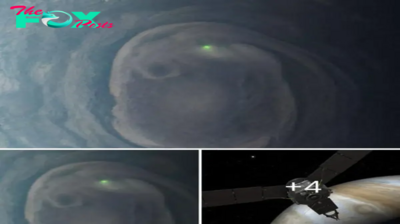Archaeology
Massive Find: Paleontologists Unearth Largest Known Dinosaur Track Site in Alaska, Revealing Ancient Footprint Treasures
Dubbed the Coliseum, the newly-discovered paleontological site contains ornithopod, ceratopsid, and large and small-bodied avian and non-avian theropod dinosaur footprints dating back 69.3 million years (Cretaceous period).

The hadrosaur footprints at the Coliseum site. Image credit: Patrick Druckenmiller.
The Coliseum site is located in Denali National Park and Preserve in the heart of Alaska, the United States.

The site is the size of one-and-a-half Football fields and contains layer upon layer of prints preserved in rock.
“It’s not just one level of rock with tracks on it,” said Dr. Dustin Stewart, a paleontologist at the University of Alaska Museum of the North and the University of Alaska Fairbanks.
“It is a sequence through time. Up until now, Denali had other track sites that are known, but nothing of this magnitude.”

In the Late Cretaceous epoch, the cliffs that make up the Coliseum were sediment on flat ground near what was likely a watering hole on a large flood plain.
As Earth’s tectonic plates collided and buckled to form the Alaska Range, the formerly flat ground folded and tilted vertically, exposing the cliffs covered with tracks.

The tracks are a mix of hardened impressions in the ancient mud and casts of tracks created when sediment filled the tracks and then hardened.
“They are beautiful. You can see the shape of the toes and the texture of the skin,” said Dr. Pat Druckenmiller, director of the University of Alaska Museum of the North.

The Coliseum site is viewed from above. Image credit: Patrick Druckenmiller.
In addition to the dinosaur tracks, the paleontologists found fossilized plants, pollen grains, and evidence of freshwater shellfish and invertebrates.

“All these little clues put together what the environment looked like as a whole,” Dr. Stewart said.
“The area was part of a large river system with ponds and lakes nearby. The climate in the area was warmer than today, more like the Pacific Northwest. There were coniferous and deciduous trees and an understory of ferns and horsetails.”

Based on the tracks, a variety of juvenile to adult dinosaurs frequented the area over thousands of years.
Most common were large plant-eating duck-billed and horned dinosaurs.
The team also documented rarer carnivores, including raptors and tyrannosaurs, as well as small wading birds.

“It’s amazing to know that around 70 million years ago, Denali was equally impressive for its flora and fauna,” Dr. Druckenmiller said.
“It was forested and it was teeming with dinosaurs. There was a tyrannosaur running around Denali that was many times the size of the biggest brown bear there today. There were raptors. There were flying reptiles. There were birds. It was an amazing ecosystem.”

A paper on the findings was published in the journal Historical Biology.
-
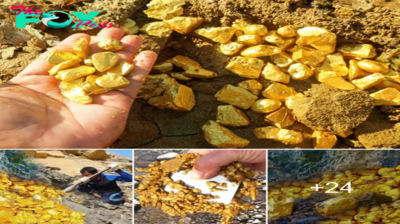
 Archaeology3h ago
Archaeology3h agoA Serendipitous Discovery on the Mountain’s Summit: Unearthing Gold with Our Fortunate Miner.hanh
-

 Archaeology9h ago
Archaeology9h agoPanathenaic prize amphora: A pot brimming with olive oil awarded at the ancient Greek Olympics
-
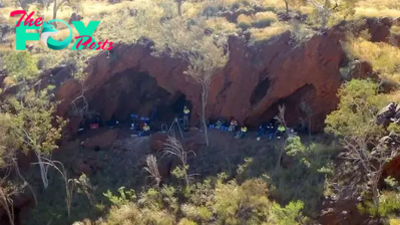
 Archaeology9h ago
Archaeology9h ago47,000 years of Aboriginal history destroyed in mining blast in Australia
-
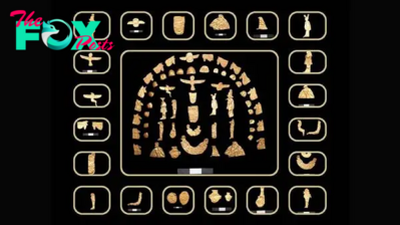
 Archaeology1d ago
Archaeology1d agoStunning ancient Egyptian artifacts discovered in more than 60 burials, including 'ba-birds' and 'eye of Horus'
-
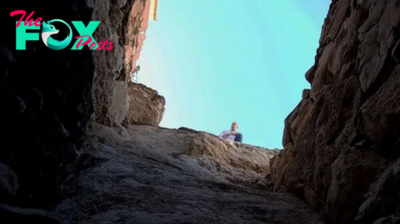
 Archaeology2d ago
Archaeology2d agoMoat that protected ancient Jerusalem's royalty discovered near parking lot
-

 Archaeology2d ago
Archaeology2d agoThese Lucky Discoverers Found a Gold Treasure: Here’s Their Story.hanh
-
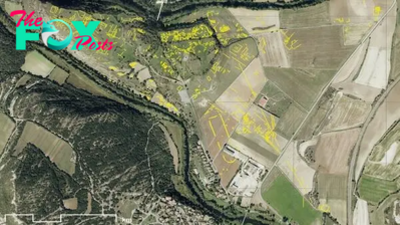
 Archaeology3d ago
Archaeology3d agoLasers reveal Roman-era circus in Spain where 5,000 spectators watched horse-drawn chariot races
-

 Archaeology3d ago
Archaeology3d agoDiscover Hidden Treasures: Embark on Thrilling Expeditions for Diamonds, Gold, and Crystals.hanh






